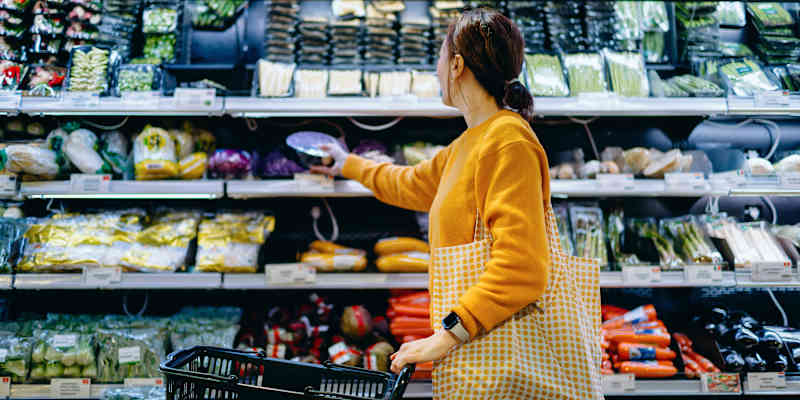
"If a shopper's grocery list includes certain heavily imported foods such as fruits, nuts, coffee, and beef, they are more likely to be affected by tariff-related price shocks. And if they live in a region like the Midwest that relies on products from Canada (the second largest supplier of agricultural products to the U.S.), they may be feeling the impact of President Trump's 35% tariff on imports far more than those living in the Southeast."
"We independently select these products-if you buy from one of our links, we may earn a commission. All prices were accurate at the time of publishing. It seems like every morning brings a new update on current - and looming - tariffs. These small import taxes on goods have rapidly become a cornerstone of President Trump's first year back in office - with a dizzying timeline marked by threats, reversals, temporary pauses, and trade deals (sometimes all within a single day)."
Tariffs on imported goods were implemented with a baseline 10% tariff in early April and have varied up to 40% for countries labeled as contributing to trade deficits or unfair practices. The administration later announced some trade deals reducing rates (for example, 15% instead of 25% for South Korea). Imported food items such as fruits, nuts, coffee, and beef face higher risk of tariff-driven price shocks. Regional exposure differs, with the Midwest more affected due to reliance on Canadian agricultural imports and a 35% tariff on some imports. Other drivers of food prices include the Ukraine War, COVID-19 aftereffects, and climate-related supply shortages.
Read at Apartment Therapy
Unable to calculate read time
Collection
[
|
...
]